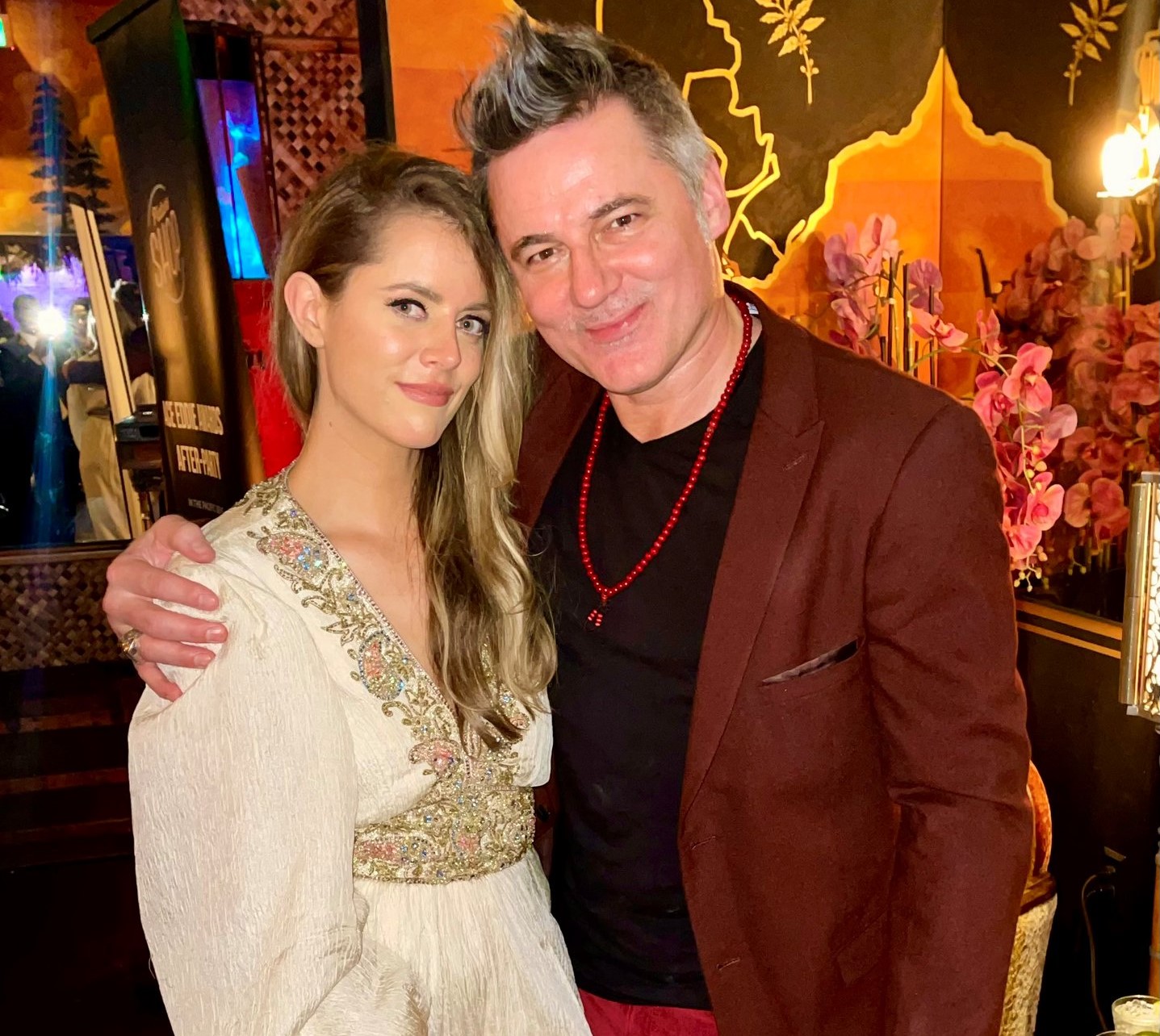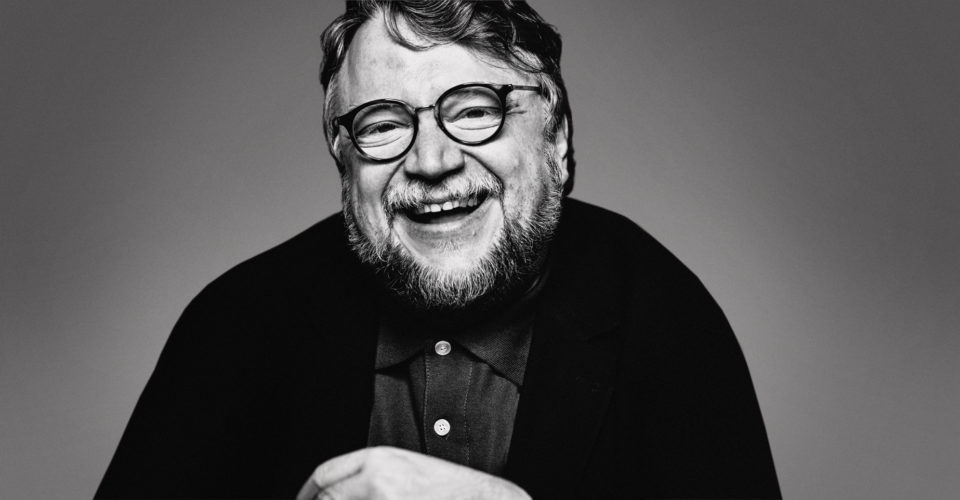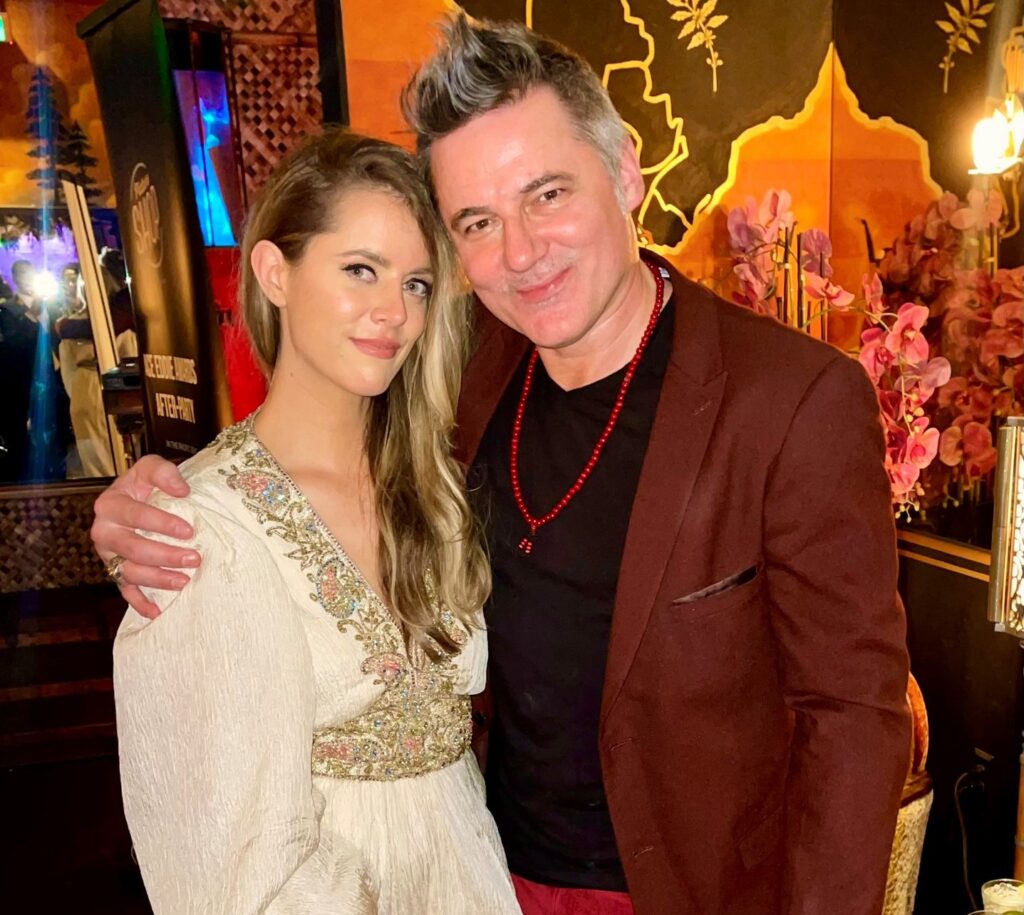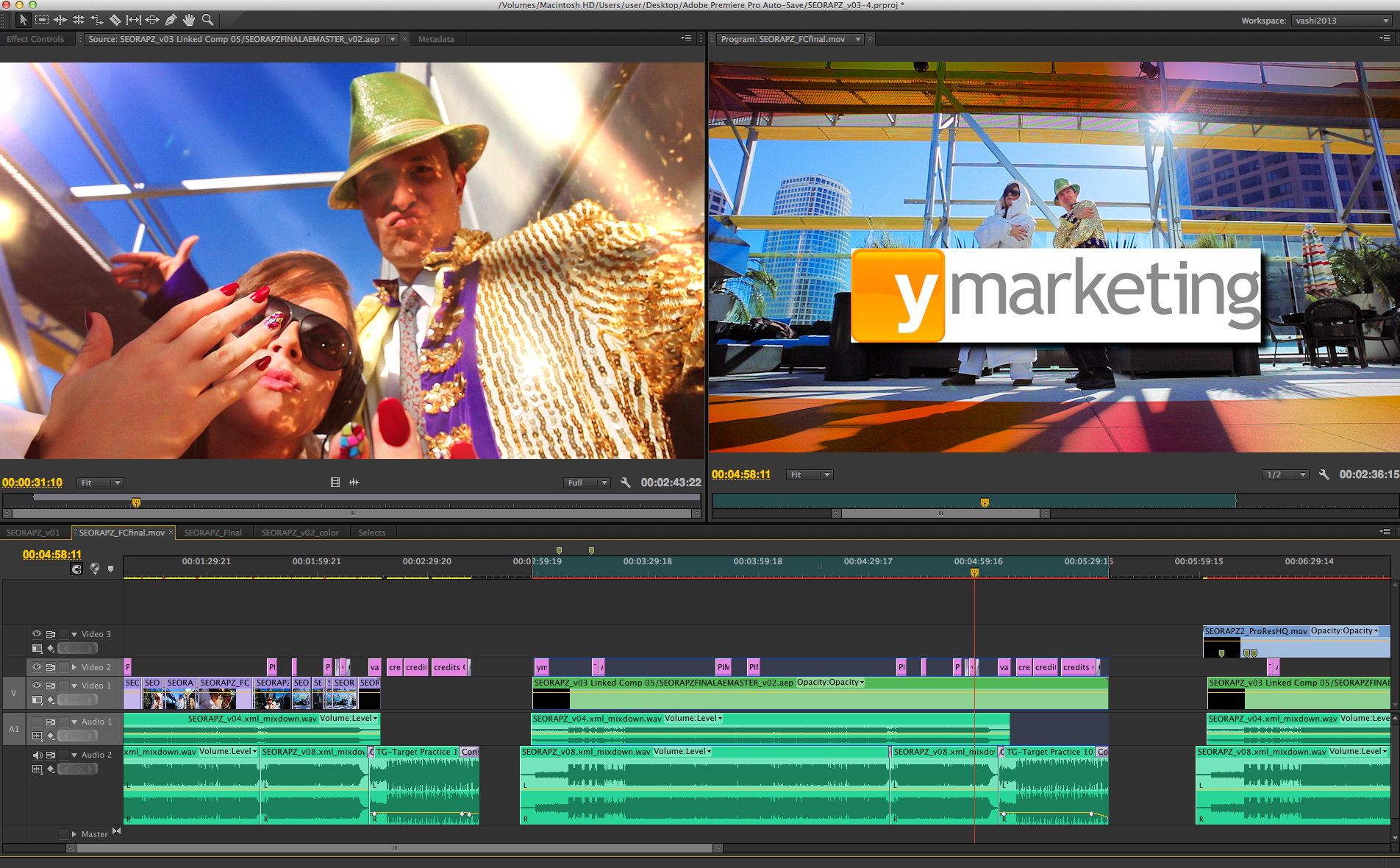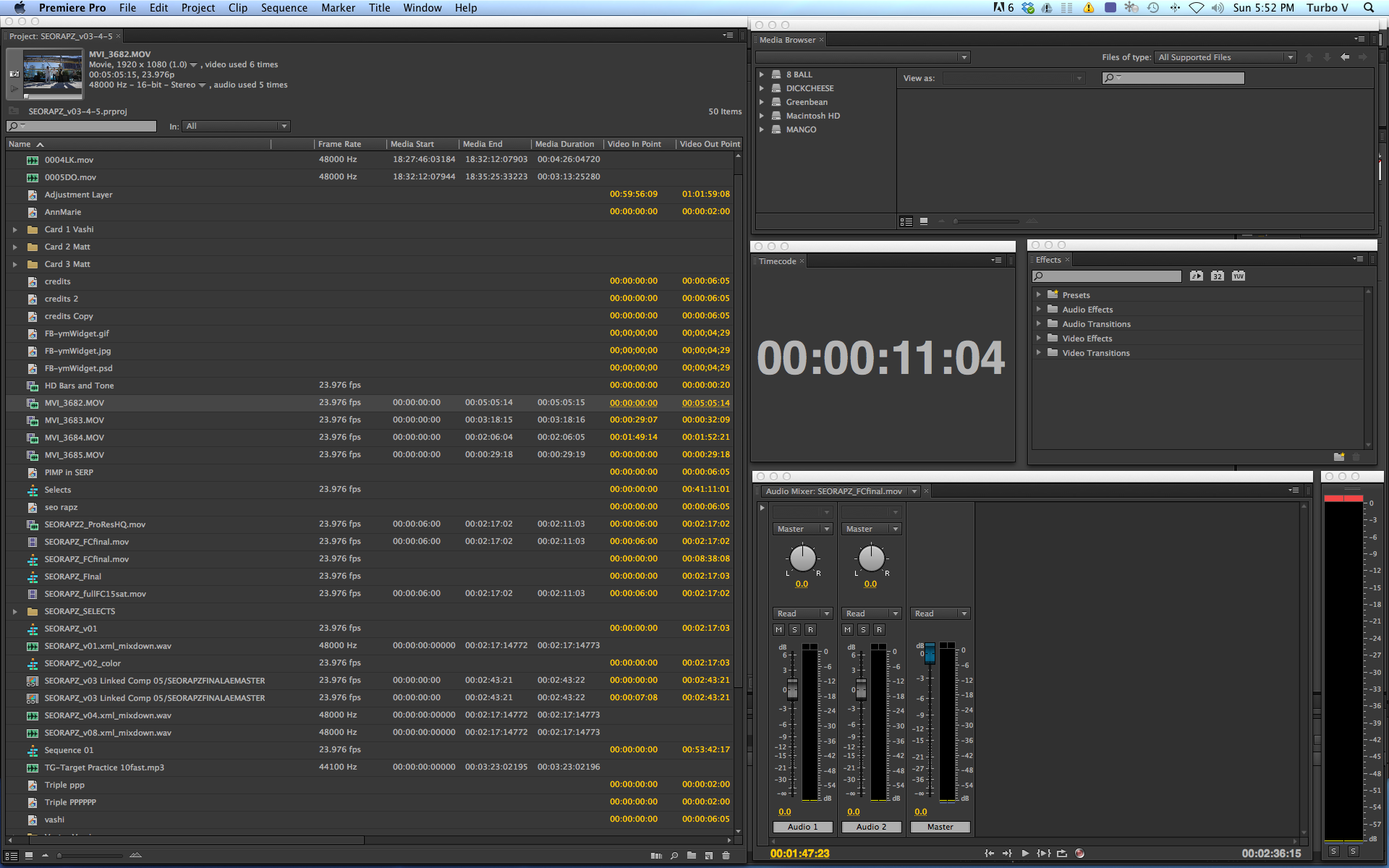Guillermo del Toro was awarded the ACE Golden Eddie Filmmaker of the Year Award at the Beverly Hilton Hotel during the ACE Eddie Awards.
It was an honor and pleasure to attend this year and to watch Guillermo as he spoke in depth on his appreciation for the craft of editing and his intimate relationships with his editors.
Here is his acceptance speech and the full transcript:
Guillermo del Toro:
“Thank you. You’re very kind. I’m very moved. I’m very honored and I wanted very much to be here. Everybody says I’ll prove it because I survived an assassination attempt by an unknown piece of chicken on a salad that I ate with Jim Cameron on Tuesday. So his kind words were permeated by my weight loss…some weight loss.
But I wanted very much to be here for many reasons. The first one is that this a profession that I tried myself when I was an amateur filmmaker with my Super 8, 16mm film and my early 35. I cut scratch on magnetic reels for the mix, I saved little frames on paper clips with the number of the footage on in. But it’s not that I recognized the craft and technique only…it is the partnership that I value. It is the most intimate.
Normally there was intimate but the most vulnerable. One of the two and I will explain that. You know there are many descriptions for your profession that are all wrong. Like my profession. They are describing the wrong parts. Not that they are inaccurate in some aspects. People say well they cut the bad parts out. Yes and no. It’s not about that. They say we leave the good parts in. Yes and no. It’s not about that. What is it about then.
I recognize that our craft movie-making is symphonic. I can say that the work with actors and cameras is melodic. I can say that tempo and the rhythm is dictated by the editing but it is much more than that. Because it’s also the punctuation. The accents, the underline, the markings. So it’s the writing then. I have also heard many times, you write the movie three times. Once in the typewriter, once on the set and once with the editor. That is also true.
But what makes it unique is, what does an editor do? An editor recognizes the movie when it goes by…and stops it and talks to it. And what I value about it is that it can be a different pitch that the editor listens to. I shoot it, I do my storyboards in the morning, I walk it with the actors, I block it with the cinematographer, I shoot it and then I’m very very careful not to tell the editor how to cut it…is what I’m saying.
Because what you learn with time is when two people agree in a room…one is not needed. I say this with the absolute comfort that at the end of the day…I will do what I want. But I think the most important part, the true mark of how important this is to me is that any interaction you have with any department of the movie…wardrobe design, production design, actors, any interaction you do in a three-piece suit, in your most powerful behavior, with absolute certainty and there are two professional partners that you show up in your curlers, in your pajamas with morning breath. The cinematographer and the editor. We share moments in which you show the most vulnerable state of the movie, you share the most uncertain future, you go up and down with them and this makes them true partners and I want to take a moment to recognize Sidney Wolinsky (film editor) my partner in Shape of Water.
Take a moment to recognize the memory of a dear man Raul Davalos who cut Cronos with me. And even if he is not an editor, a partner that visits often enough and is strong enough and visits my editing room…Alfonso Cauron. So to all of you, for existing and for having a profession that is so often misunderstood, I thank you, here in my curlers, my pajamas with morning breath. Thank you very much!”
Until next time…

